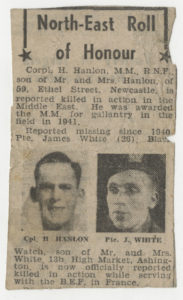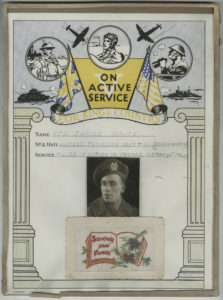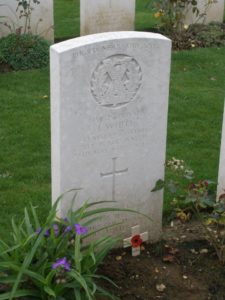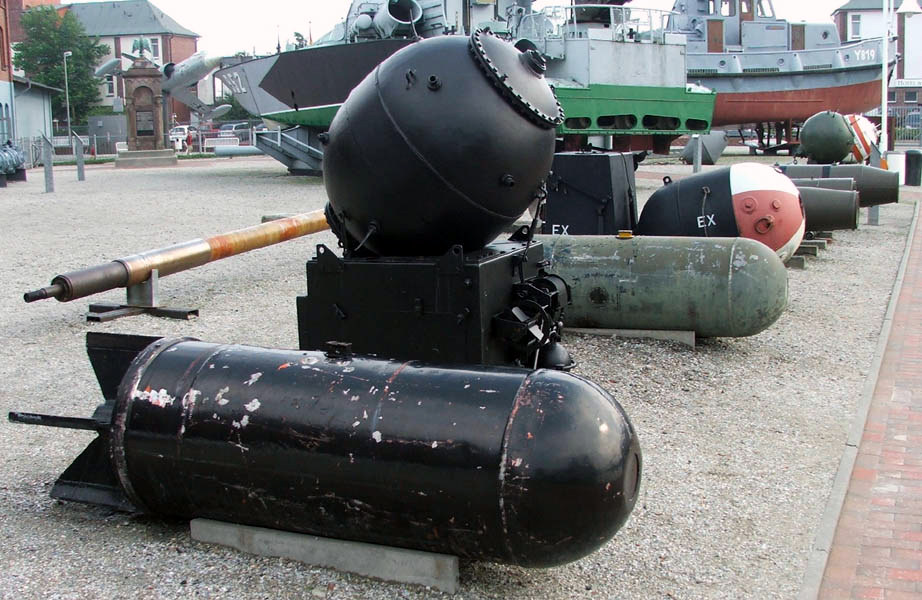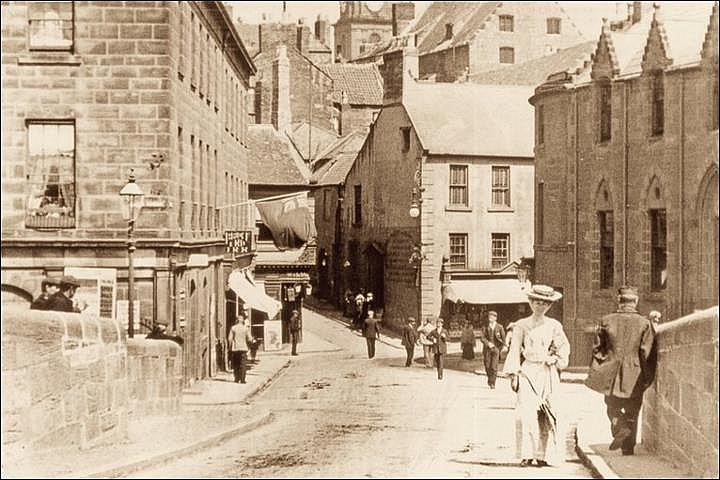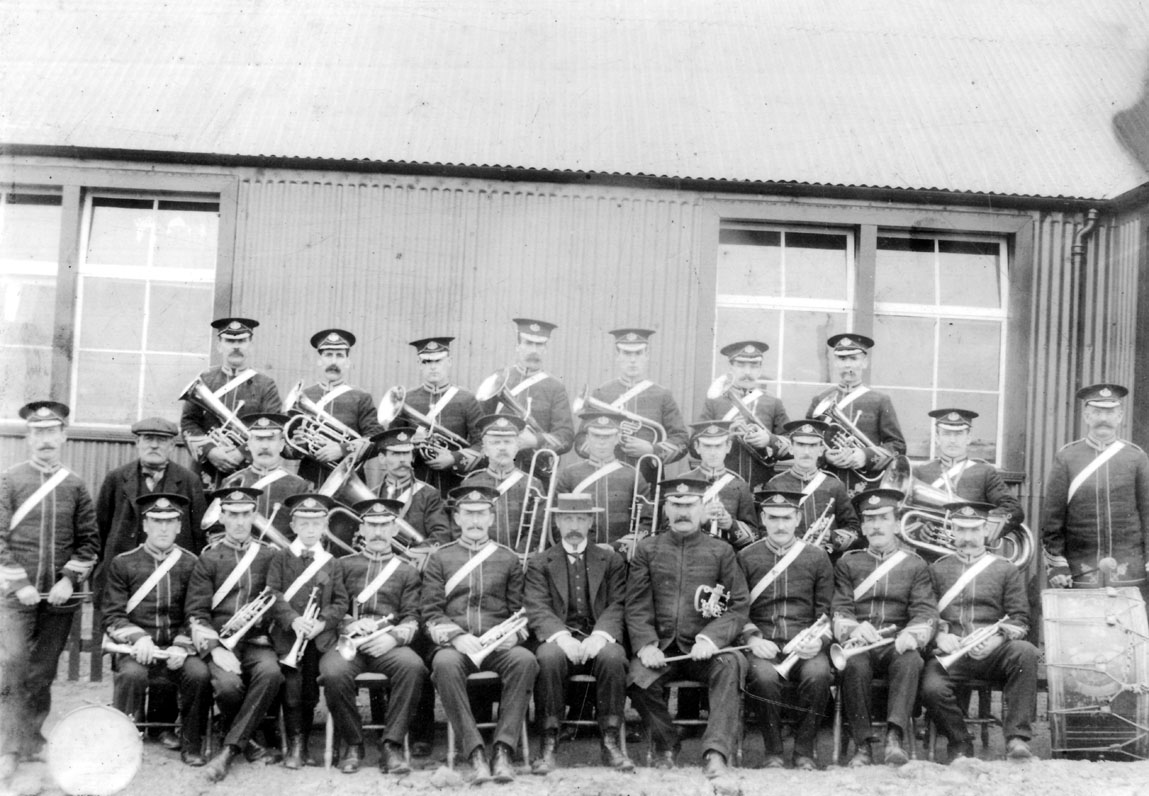BERWICK ADVERTISER, 2 JUNE 1916
BERWICK FAIR
Berwick Fair, which was opened at noon on Friday in the quaint and recognised fashion obtaining for so many years, was, by general consent, regarded as one of the most attenuated in street stall representation that has been witnessed. Nevertheless the Fair was a centre of great attraction, and on Saturday the streets of the town were thronged by large numbers of country visitors. Ideal summer weather prevailed on Friday and Saturday, materially contributing to the comfort of the strangers and the general success of the Fair.

The east side of High Street was, as usual, set apart for the stalls. There was the customary strong representation of china merchants, who had a large and varied collection of all kinds of ware. There were a few hardware stalls some flower stalls, and one dealer in cheap jewellery. The latter by his artful and enticing manners did quite a big business. The Parade was occupied, as usual, by a number of travelling shows, the principal item being the electric roundabouts and cake walk. The showmen, with an eye to business, doubled the penny charge on the Saturday afternoon for these amusements. Despite the big advance a large trade was experienced, and this was increased in the evening when the prices returned to the normal charge. Accompanying these amusements were a number of side booths having an allurement for those who wished to have a venture in making money. The odds were always against them, however, the keepers of the booths coming out on top to the discomfiture of their numerous patrons. The streets of the borough were packed by crowds till a late hour in the evening.
HEIR TO WED. LIEUT C.D. LEYLAND – MISS SYLVIA COTTERELL

An interesting engagement is that just announced between Christopher Leyland, 1st Life Guards, and Miss Sylvia Cotterell. Mr Leyland comes of the Northumbrian family of Haggerston, of which the Naylor Leyland are an offshoot, and is heir to Haggerston Castle. The Bride to be is Miss Cotterell, who is not yet 20, is eldest of the three daughters of Sir John Cotterell, 4th Bart., of Garnons. He married in 1896 Lady Evelyn Gordon Lennon, daughter of the Duke of Richmond.
LOCAL NEWS
Although racing machines are not built for general road use it is remarkable evidence to the strength of the Raleigh that Mr David Murtrie, of Woodend, South Mt. Vernon, Glasgow, is able to write that he has ridden his Raleigh racer 12,000 miles on track and road in two years, and he has never had to adjust a bearing or spend anything on renewals, except tyres, and the machine is “running sweeter than ever.”
Council’s Good Wishes to Young Recruit – A well-known young gentleman in the person of Mr Wm. Blakey, acting Sergeant-at- Mace, has enlisted in the Seaforth Highlanders, and left to join the regiment at Fort George on Thursday.
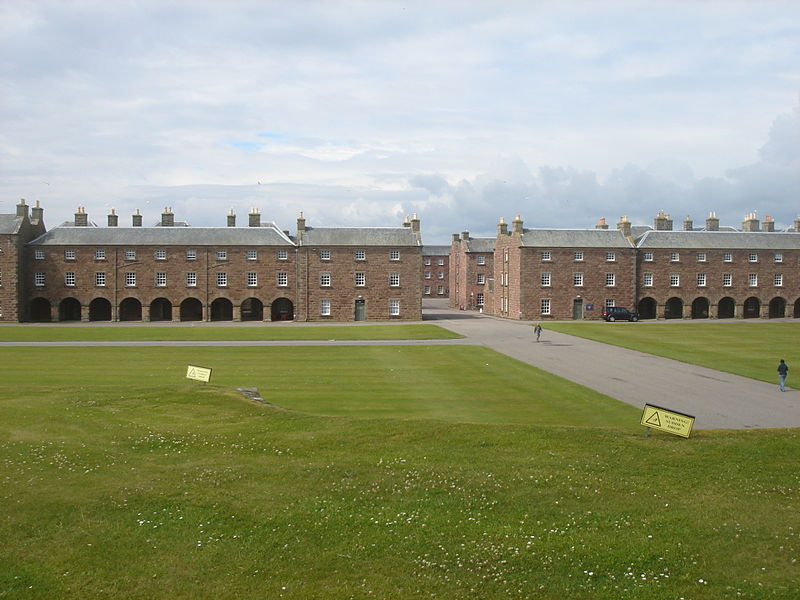
At a meeting of the Town Council on Wednesday afternoon the Mayor made a pleasant and happy reference to the step Mr Blakey was taking, and wished him the best of good health and success in the profession of arms which he was able to enter upon. He also alluded to the service which his father had rendered as Sergeant-at-Mace to the Council as well as previously in the same historic Highland regiment that his son was joining. Since his father had been recalled to the colours the son had continued to discharge the duties faithfully and well, and he had always been most willing and obliging (Applause). In the Council’s name he wished young Mr Blakey all success, resting assured whether he was called to the front or not he would worthily maintain the traditions of the old Border town, and remember his connection with the Council. They sent him off with the best of good wishes (Applause). Mr Blakely, in a word, replied thanking the Council for their kind greetings.
The document signed by Queen Anne and Sir Robert Walpole concerning the pay of the 25th Foot (now the King’s Own Scottish Borderers), from April to June, 1708, which was given to the Church Army in aid of its war work, is being bought by a Scottish brigadier-general for presentation to his old regiment, the headquarters of which are at Berwick.



